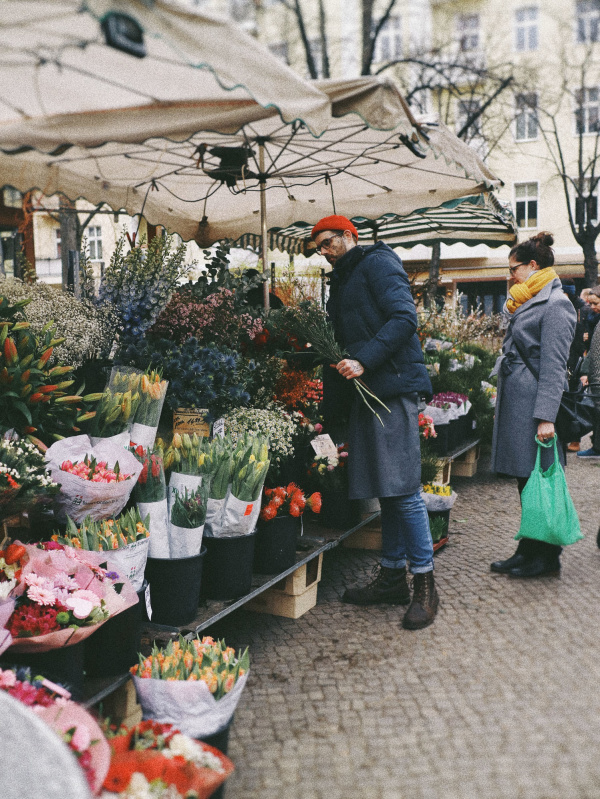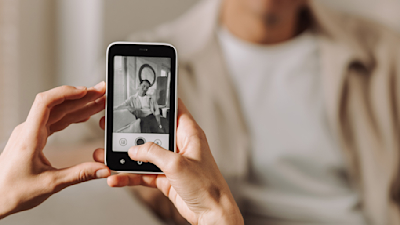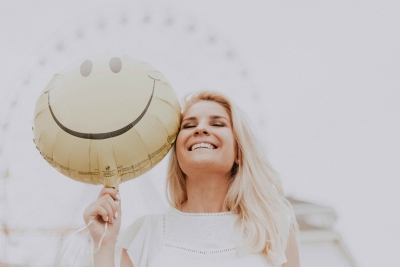
Minimalism at Home
Minimalism at home is something which for some of us, seems quite challenging. We often see an item we like and buy it without really thinking about whether or not we really need it.
The first step to developing a minimalist approach to life (and your home in particular) is to understand what minimalism is. ‘How Mudita Interprets Minimalism’ was written to help people learn about our approach to this subject.
It’s more than simply downsizing when it comes to your material possessions. Minimizing your mental (emotional) as well as your physical clutter, removing any distractions so that you can focus and feel and calmer in your surroundings.
Live with less.
By reading this, you’ve already taken a step in the right direction. It’s likely that you’re already a bit of a minimalist or you’re willing to work on becoming one. There are several ways to know whether or not you could live with less, one of which is by asking yourself a series of questions about why you want to do this.
Would it feel good to come home to a tidier home?
Why do I always seem to have a messy home? Is it me or other people?
Do I spend more time tidying up than socialising with family or friends?
Am I wasting a lot of my time worrying about my possessions?
Do I really need all of my possessions?
Could someone else appreciate the possessions I no longer use?
Pack a suitcase- how to have a minimalist home?
Start with a little experiment, once you’ve answered the questions above, try to pack a suitcase with the clothes and shoes you wear the most, the products you use the most etc. then look at what’s left. If you realise that half of your clothes haven’t been worn for several years, it might be time to donate them to charity or give them away to friends and family.
Let’s say you have five pairs of trainers but you only wear one pair to the gym and another when running outdoors or walking your dog, it might be worth getting rid of the other three pairs.
Don’t overthink anything, try to look at everything you own without letting emotions connected to other people cloud your judgement. If you’re keeping something because someone you love bought it for you but you don’t like it, they probably won’t find out if you give it away to someone who might like it more than you. Take a photo of the item as a reminder, ‘it’s the thought that counts’. Unless something truly brings you joy (or ‘sparks joy’ in the words of Marie Kondo), it shouldn’t be in your home.
Remember that with clothes, when you buy something new, give away something old. Imagine that your home is breathing, when you bring something in, your home inhales, when you take something out, your home exhales. It may seem strange to consider your home as something that needs to ‘breathe’ but if it works to help you maintain a minimalistic approach, then why not!
We’ve decided to help you live with less by splitting the areas of your home into rooms so that the task ahead is more manageable. Some of the points raised can be used at work too.
Minimalist living room
Choose items that will fit into your space, remember that a huge Victorian sideboard might not work quite as well in a converted two up two down, cottage or modern apartment. Make sure your furniture is the right size for your room and then add plants to fill gaps. Storage is incredibly important, having enough storage really makes a difference, particularly if you’re trying to create a more minimal environment for yourself.
If you have old phones, laptops, tablets, cables, printers, any kind of old gadget, it’s worth looking for a suitable recycling centre for electronics. A lot of hardware stores do offer this service so that you can get rid of those old electronics appropriately if they’re broken. If they aren’t broken, then you could try to sell them or simply give them away! The problem with technology is that people tend to update their devices far too often, companies release new products and people end up with a pile of old ones at home.
Plants, plants and more plants. Well, perhaps not that many plants but they can help create a sense of calmness within a space without taking up too much room. Choose plants you really like and care for them well, water them, feed them (if necessary, some plants like different soil to others) and generally look after them.
If you like to pick or buy flowers for your home to keep in vases, then choose your favourite vase and get yourself some flowers to brighten your space and lift your mood. According to the Royal Horticultural Society, nature and house plants in particular have a huge impact on our wellbeing.
Minimalist bedroom
Of course it makes sense not to have too many things in your bedroom. Try to keep stress out of the bedroom, it should be used solely for relaxing, cuddling, reading and other things you enjoy. Don’t take your laptop or smartphone to bed with you.
If you pick up an item of clothing and it doesn’t instantly make you feel something positive, it might not be worth keeping. Give away a top you wore once that perhaps no longer fits or simply makes you feel uncomfortable. Don’t give away a top you wear at least once a week if it makes you feel good when you wear it.
Some people even buy the same comfortable outfit several times so that they can wear it more often, this can be useful if you struggle to decide what to wear. It can be helpful to create a ‘uniform’ for yourself, either with the same outfit or variations for specific days. That way you’ll always have your weekday clothes and weekend clothes as well as any for specific occasions.
Minimalist bathroom
Sometimes it’s a good idea to only use things which are running out, then dispose of the packaging efficiently, don’t open anything new such as a tube of toothpaste until you’ve finished the old one. Keeping no more than one spare item in stock can help you take charge of any bathroom clutter. Using refillable containers can help too, if you use liquid hand soap, you can buy a nice soap dispenser for a reasonable price and save money (and space) by refilling it when you need to.
There are several companies who are very eco-friendly in terms of packaging, Lush are a perfect example, a large amount of their products are zero-waste, i.e. sold ‘naked’, with no packaging, the rest are recyclable. They sell toilet roll made of recycled paper, it might not be as soft but sometimes a little bit of a sacrifice on your part might make an impact on the planet.
Minimalist hall
It’s easy for hallways to become disordered with shoes, coats, hats and scarves etc., especially in the winter. The hall is the first thing you see as you enter your home, it’s also the first thing anyone else sees.
Creating a ‘path’ with possessions on either side isn’t going to help either. If possible, find a way to organize your hall by fitting coat hooks and shoe racks or by buying a piece of furniture (if it’s second hand that’s even better) for storage. Make sure you don’t block any other entries or exits such as doors and windows.
Minimalist kitchen
Most of us don’t realise how little we use everything in our homes. We tend to favour a few outfits, a lot of us have a favourite mug, bowl or plate etc. too. It’s very rare that everything gets used as often as it should. This goes for all members of a household, if there are a few people in a home, it’s likely everyone has more than they use (unless they’re already minimalists).
Gadgets can take up a lot of space, if you haven’t used that toastie maker, coffee grinder or food processor in at least a year, it’s probably time to say goodbye. The same goes for pans, you don’t need eight if you only ever use two or three.
Less is more.
The idea that less is more is essential to minimalism but it’s OK to put your own spin on it. Let’s say you love bright colours but everything you see in relation to minimalism (particularly online) is too neutral, pastel and bland for you, keep your own style and simply embrace the concept.
It is possible to be a minimalist and maintain your eccentricity, it’s personal to you. If you have a lot of collected items cluttered on shelves or in cabinets, try organizing any collections you have and displaying key pieces and putting away the rest.
This is the sort of ‘art curator’ approach. You can rotate collections to display when you’re bored or when you’d like to see some of your other items. Thinking of your home as a museum can help you take pride in your collection (of possessions) and help you to understand what minimalism means to you.
Read also: 5 Ways You Can Lead a More Eco-Friendly Life
Is there anything you’d like to add, have we missed anything?
We’d love to know what you think. If you’re interested in sharing your experiences with us or writing a guest post for us, send us an email via hello@mudita.com!
Please feel free to get in touch via social media (send us some photos or videos too), you can find us on Facebook, Twitter and Instagram, let’s connect! To learn more about Mudita, take a look at our website and our other posts. If you enjoyed reading this article, please share and recommend it! We need to go online to find people who’d like to spend more time offline.
Related stories

How to Get a Better Tech-Life Balance
Learn practical strategies to reduce screen time & achieve tech-life balance through actionable tips for digital wellness & create healthier technology habits.

Mudita Kompakt & Embracing Mindfulness in the Digital Age
Discover how Mudita Kompakt fosters mindfulness with minimalist design, essential features, and privacy-focused technology for a balanced lifestyle.

What is happiness in life?
Discover the timeless secrets to happiness in our digital era and learn to find balance despite the noise of social media and overwhelming hyper-connectivity.
If you'd like to receive the best stories from our blog, keep up to date with our progress and get notified about our product releases and special discounts.